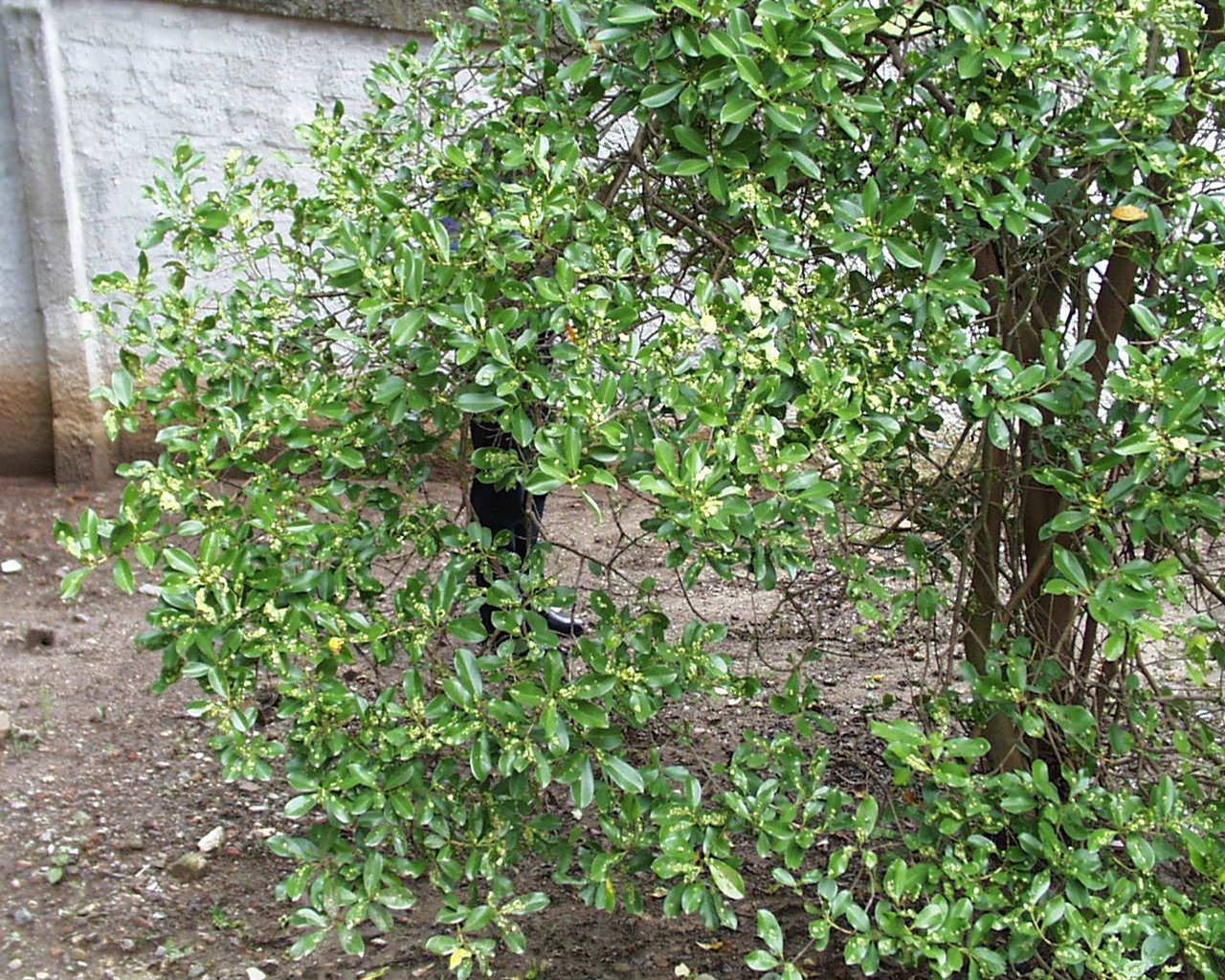Last month I began to present my point of view as a conservation scientist relevant to current “controversy” over biocontrol…
Read More
invasive
Strawberry guava sows seeds of infestation
When I came to Maui 28 years ago to work as a research biologist at Haleakala National Park, one of…
Read More


